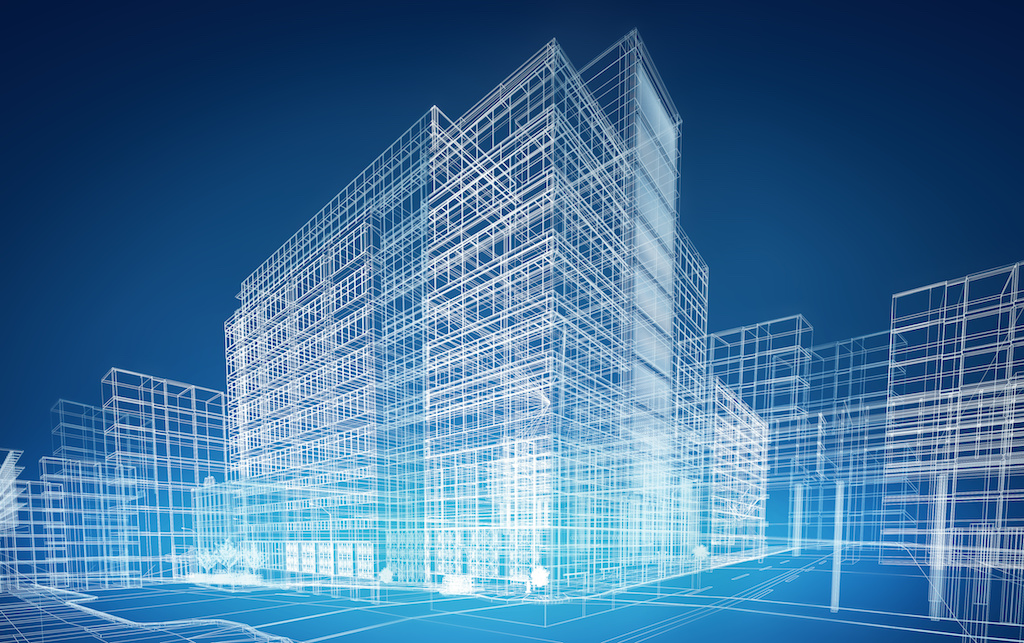
A multi-scale modeling algorithm from magnetic fusion to cities and smart urban systems
An algorithm to tackle the challenges of converging two-scale models
Physical phenomena can be observed and simulated at different scales and degrees of complexity. Multiscale modelling consists in a framework, based on fundamental principles, for building mathematical and computational models of such phenomena, by examining the connection between models at different scales. The technology is an algorithm especially designed to tackle the challenges of convergence of two-scale models widely used for fusion plasma. In particular, it gave the way to transfer information between the various scales while attending simulating a multi-scale phenomenon. The main benefit of this technology is to transfer information between the various scales while simulating a multi-scale phenomenon. Conveniently used to tackle many phenomena involving oscillations or heterogeneities, it provides effective models in constructive way and without much analytical material. The high degree of accuracy of the approach, yet without requiring detailed input, make it easy to use for homogenization.

In fusion research, tokamak and stellarator are toric devices in which a mixture of deuterium and tritium particles is heated and submitted to a strong magnetic field, in order to ignite a fusion reaction and extract the produced energy. The particle mixture performs oscillations with only a few frequencies, which are well separated from one another. Moreover, since in such devices the magnetic field is strong, those frequencies are high. Fusion plasma simulation is quite a challenge and needed new tools. This work has been conducted by the Université Bretagne Sud in the context of magnetic fusion modeling and simulations under EUROfusion projects.
Fusion and multiscale modelling to analyse Smart Building data
Also co-founder and scientific director of See-d, a French startup specialised in artificial intelligence solutions based on sophisticated mathematical models, the fusion scientist has used his fusion knowledge in terms of multiscale modelling to analyse data from smart buildings.
The French simulation cluster Teratec organized in 2017 an open innovation event “DataPOC” challenge with the objective to increase collaborations between six large organisations (Alstom, Airbus Safran Launchers, Axereal, General Electric, Gemalto et Noriap) and startups and SMEs around ten technical challenges in energy, transports, agrifood or safety. During this open innovation challenge, General Eletric expressed a need in the field of smart city and smart building regarding “Multiscale spatial and temporal analysis tool supporting the “aggregation-disaggregation” couple” and selected the approach proposed by See-d to show the possibility of creating a multiscale tool enabled to analyse data from smart buildings.
See-d received up to 70k euros of national funding (co-funding of 45%) to develop a new model based on three scales: the macroscopic scale (whole building seen as an object), the mesoscopic scale (building structure, architecture) and finally the microscopic scale (parts and its elements such as windows, door, radiator, air conditioner). Based on physical models using the diffusion equation (in a homogeneous and isotropic environment with constant thermodynamic coefficients), coupled with machine learning algorithms and a sensor network, the project achieved up to 85% success rate.
This proof of concept showed that the multi-scale model developed within the project was allowing the precise representation of buildings, the Machine Learning algorithm being improved by the information on the derivative of the temperature sensors. The fusion-based multiscale modelling know-how provided a solution to anticipate the temperature variations and therefore make the best choices to ensure energy savings and the well-being of occupants.
